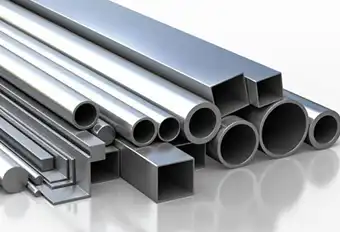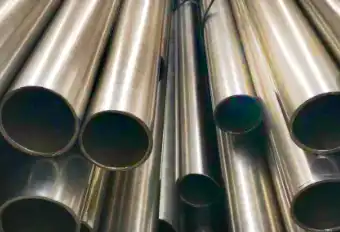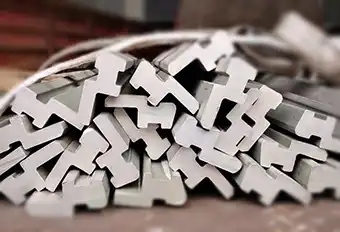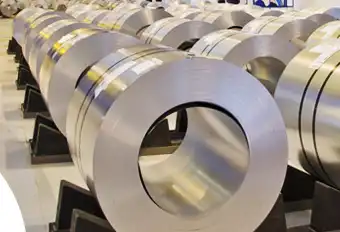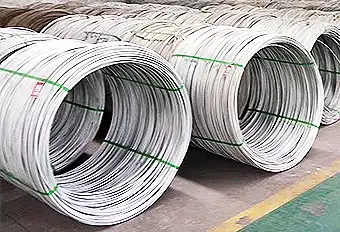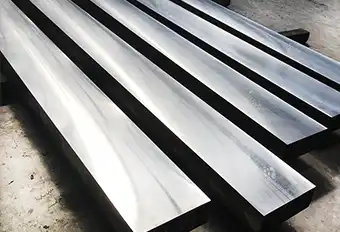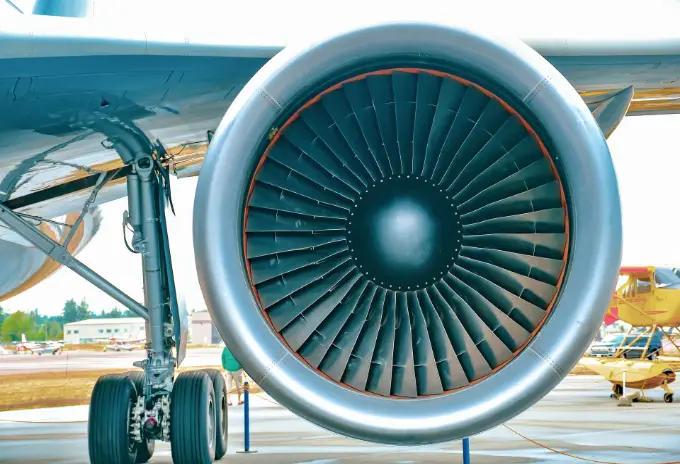The pressure electroslag remelting process is a recent advancement and allows for the manufacture of new high nitrogen alloys with unique properties under pressures of several atmospheres.
Much higher levels of nitrogen can be achieved due to the pressure applied above the slag which can be increased significantly above normal atmospheric pressure levels.
Available 24/7 at
contact@steel-grades.com
-
Categories
-
Stainless Steels
-
Tube/Pipe
-
Steel Profiles
Steel Profiles
-
Cold rolled/hot rolled
Cold rolled/hot rolled
-
Wire rod
-
Quality special steel
-
Superalloy & High Temperature Alloy
Superalloy & High Temperature Alloy
-
Stainless Steels
-
Steel Grades
- Suppliers
- Products
- Rfqs
- On S&G
-
Find steel grades200000+Search for steel grades your needs with search features.
-
Find Suppliers by RegionsN+Contact leading suppliers from around the world quickly and easily
-
Find steel productsN+Find your interested products according to your different demands.
-
Submit RFQGet quotations from the most suitable suppliers
-


